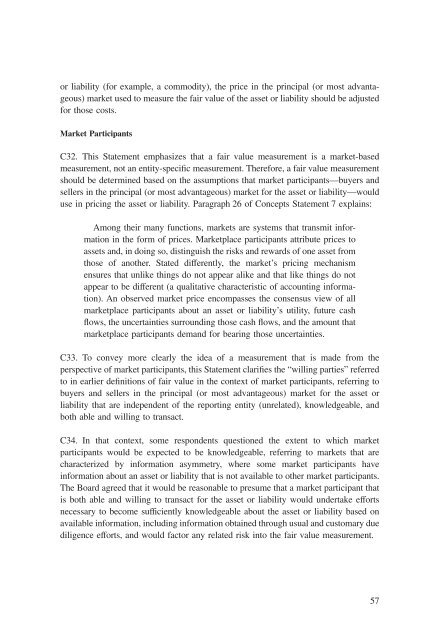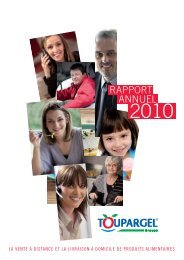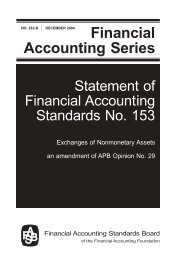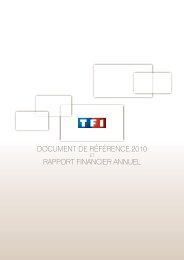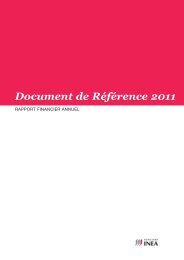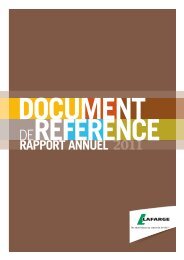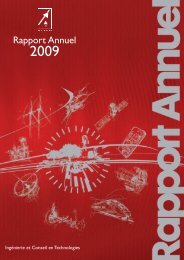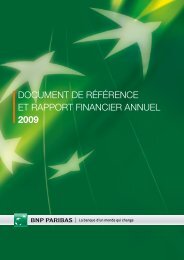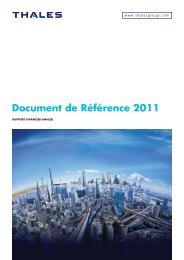Statement of Financial Accounting Standards No. 157 - Paper Audit ...
Statement of Financial Accounting Standards No. 157 - Paper Audit ...
Statement of Financial Accounting Standards No. 157 - Paper Audit ...
You also want an ePaper? Increase the reach of your titles
YUMPU automatically turns print PDFs into web optimized ePapers that Google loves.
or liability (for example, a commodity), the price in the principal (or most advantageous)<br />
market used to measure the fair value <strong>of</strong> the asset or liability should be adjusted<br />
for those costs.<br />
Market Participants<br />
C32. This <strong>Statement</strong> emphasizes that a fair value measurement is a market-based<br />
measurement, not an entity-specific measurement. Therefore, a fair value measurement<br />
should be determined based on the assumptions that market participants—buyers and<br />
sellers in the principal (or most advantageous) market for the asset or liability—would<br />
use in pricing the asset or liability. Paragraph 26 <strong>of</strong> Concepts <strong>Statement</strong> 7 explains:<br />
Among their many functions, markets are systems that transmit information<br />
in the form <strong>of</strong> prices. Marketplace participants attribute prices to<br />
assets and, in doing so, distinguish the risks and rewards <strong>of</strong> one asset from<br />
those <strong>of</strong> another. Stated differently, the market’s pricing mechanism<br />
ensures that unlike things do not appear alike and that like things do not<br />
appear to be different (a qualitative characteristic <strong>of</strong> accounting information).<br />
An observed market price encompasses the consensus view <strong>of</strong> all<br />
marketplace participants about an asset or liability’s utility, future cash<br />
flows, the uncertainties surrounding those cash flows, and the amount that<br />
marketplace participants demand for bearing those uncertainties.<br />
C33. To convey more clearly the idea <strong>of</strong> a measurement that is made from the<br />
perspective <strong>of</strong> market participants, this <strong>Statement</strong> clarifies the “willing parties” referred<br />
to in earlier definitions <strong>of</strong> fair value in the context <strong>of</strong> market participants, referring to<br />
buyers and sellers in the principal (or most advantageous) market for the asset or<br />
liability that are independent <strong>of</strong> the reporting entity (unrelated), knowledgeable, and<br />
both able and willing to transact.<br />
C34. In that context, some respondents questioned the extent to which market<br />
participants would be expected to be knowledgeable, referring to markets that are<br />
characterized by information asymmetry, where some market participants have<br />
information about an asset or liability that is not available to other market participants.<br />
The Board agreed that it would be reasonable to presume that a market participant that<br />
is both able and willing to transact for the asset or liability would undertake efforts<br />
necessary to become sufficiently knowledgeable about the asset or liability based on<br />
available information, including information obtained through usual and customary due<br />
diligence efforts, and would factor any related risk into the fair value measurement.<br />
57


